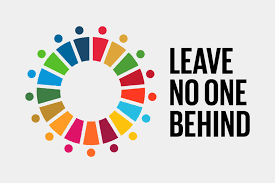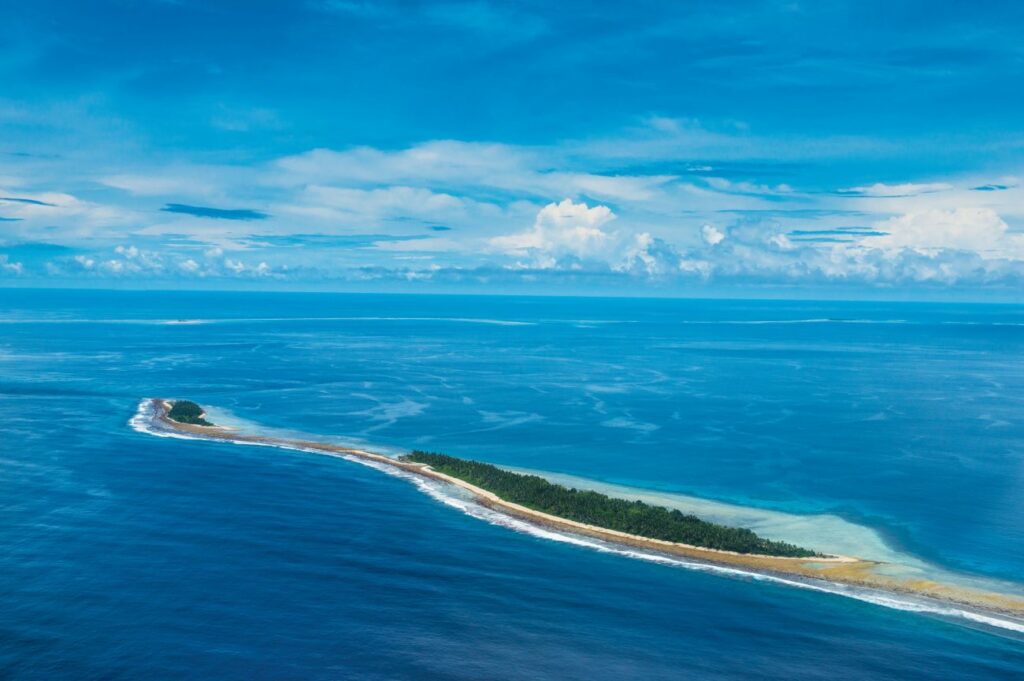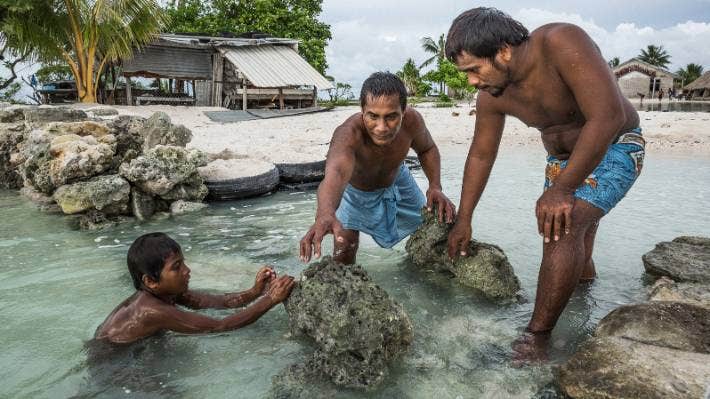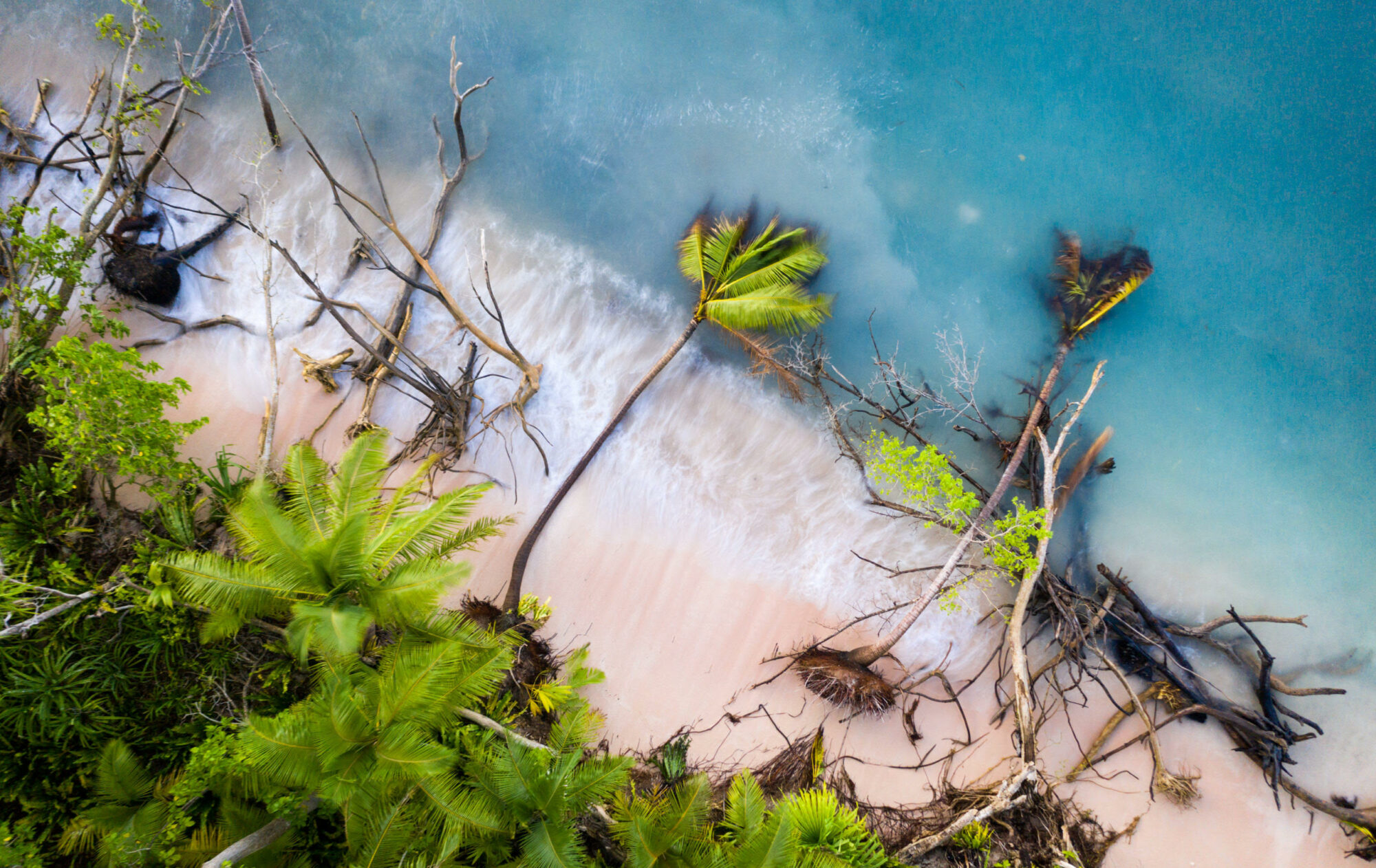Underpinning the ethos of the United Nations’ Sustainable Development Goals (SDGs) to 2030 is the idea of ‘leaving no one behind’1. This is an idea that transcends the 17 SDG goals, melding equitability, and climate justice, with the overall aim being to limit global warming to below 2C without doing so at the expense of vulnerable populations. Achieving climate justice will only be possible by facilitating the empowerment of the most marginalized people. Often, indigenous voices are forgotten amid the mire of modern political ideologies. These are the people who have lived on, and off of, the local landscapes for centuries. They have an intimate knowledge of the environment and understand the importance of natural cycles in maintaining sustainability. We must give greater sonority to their voices if the most catastrophic climate change scenarios are to be avoided, and climate justice delivered.

There are myriad different reasons for the subjugation of certain persons’ voices. These can be political, or cultural, and they can be driven too, by the so-called digital divide where an absence of basic utilities like the internet restrict expression. Discrimination due to sexuality, disability, and household status deprives communities of a diversity of opinion, ultimately hindering the scope and potential of new policies, and further embedding discriminatory, and often dangerous practices and attitudes. Often, the issues lie in developed nations, and organizations not taking heed of the opinions of the people most affected by an issue. A tendency exists to import ideas that work on paper but might not translate well into real life scenarios. The next section will touch briefly on an example of this from the Pacific Island region, with the indigenous populations the focus.

Pacific Island nations present a unique challenge when mitigating and adapting to climate change, while establishing strong communication links is complicated by the unique archipelagic geography of the region2. Its nations are spread across 30 million square kilometers of ocean, but the total landmass of the islands comprises just 2% of this3. Rising sea levels, the increased frequency and strength of extreme weather events, and the accompanying threat of forced migration cast a shadow over the region as we look to 2030. These challenges compound the historical injustices forced upon them through colonisation, and the testing of nuclear weapons. It has never been so important to give agency to the native people in these countries.
New Zealand’s failed ‘Climate Refugee’ visa scheme is the perfect example of what happens when indigenous voices are not sought out and listened to. This experimental blueprint sought to offer humanitarian visas to 100 Pacific Island natives each year4. Though well-intentioned, the plan forgot to ask whether these people would want this refugee status, leading to its abandonment after six months. Pacific Island nations offered a riposte to the idea, asking New Zealand to instead aim to reduce its CO2 emissions further, with them being a major contributor to the climate crisis, alongside other developed countries.
This example highlights the potential ignorance of wealthy nations in dealing with the climate crisis. They must exhaust every available avenue to reduce the scale of the problem, while also collaborating to fund effective adaptation structures in vulnerable countries before closing the book on them and extending invitations of refuge. These people have homes, and families, and farms, and other cultural infrastructures that need to be protected and preserved. It’s not yet time for their condemnation, we need to seek out, empower, amplify and ultimately listen to their voices.

How can we give agency to the marginalized?Whatever the reason for marginalization we must take action to amplify and empower where we can. Participatory action research methods have been used to achieve this in recent decades, with Photovoice, and Cellphilm being prescient examples of successful techniques. The former aims to give a ‘voice to the voiceless’, enabling marginalized persons to communicate their concerns and ideas through photography. Offering training and technologies that can be used independently add depth to policy makers’ pool of knowledge surrounding indigenous people and their needs. Participatory methods of research can form a line of communication between stakeholders. When used correctly, they are a respectful way of gaining valuable insight that can then be used to formulate mitigation and adaptation plans.
References
- UN Sustainable Development Group. https://unsdg.un.org/2030-agenda/universal-values/leave-no-one-behind
- Asian Development Bank. (2018). Pacific Transport Update 2018. Retrieved 23 April 2020, from https:// www.adb.org/sites/default/files/institutionaldocument/472641/pacific-transport-2018.pdf
- P. Nunn. (2009). Responding to the Challenges of Climate Change in the Pacific Islands: Management and Technological Imperatives. Climate Research, 40, 211-31
- New Zealand’s “Climate Refugee” Visas : Lessons for the Rest of the World. https://reliefweb.int/report/world/new-zealands-climate-refugee-visas-lessons-rest-world

